Good environmental control
Nhan Co Alumina Factory, Nhan Co Commune, Dak R'lap District is one of two pilot projects for mining, processing bauxite and producing alumina in the Central Highlands of the Vietnam National Coal - Mineral Industries Group (TKV).
Nhan Co Alumina Plant in Dak R'lap District has been in commercial operation since July 2017 with a capacity of 650,000 tons of alumina per year. The plant is currently managed and operated by Dak Nong Aluminum Company - TKV.
Since its inception in 2010, the Nhan Co Alumina Plant project has been required to undergo a thorough environmental impact assessment. In 2017, the plant installed an automatic emission monitoring system and continuously updated technical measures to minimize environmental risks. Wastewater collection, noise reduction and dust treatment systems have also been upgraded, helping to keep air and wastewater quality within acceptable limits.
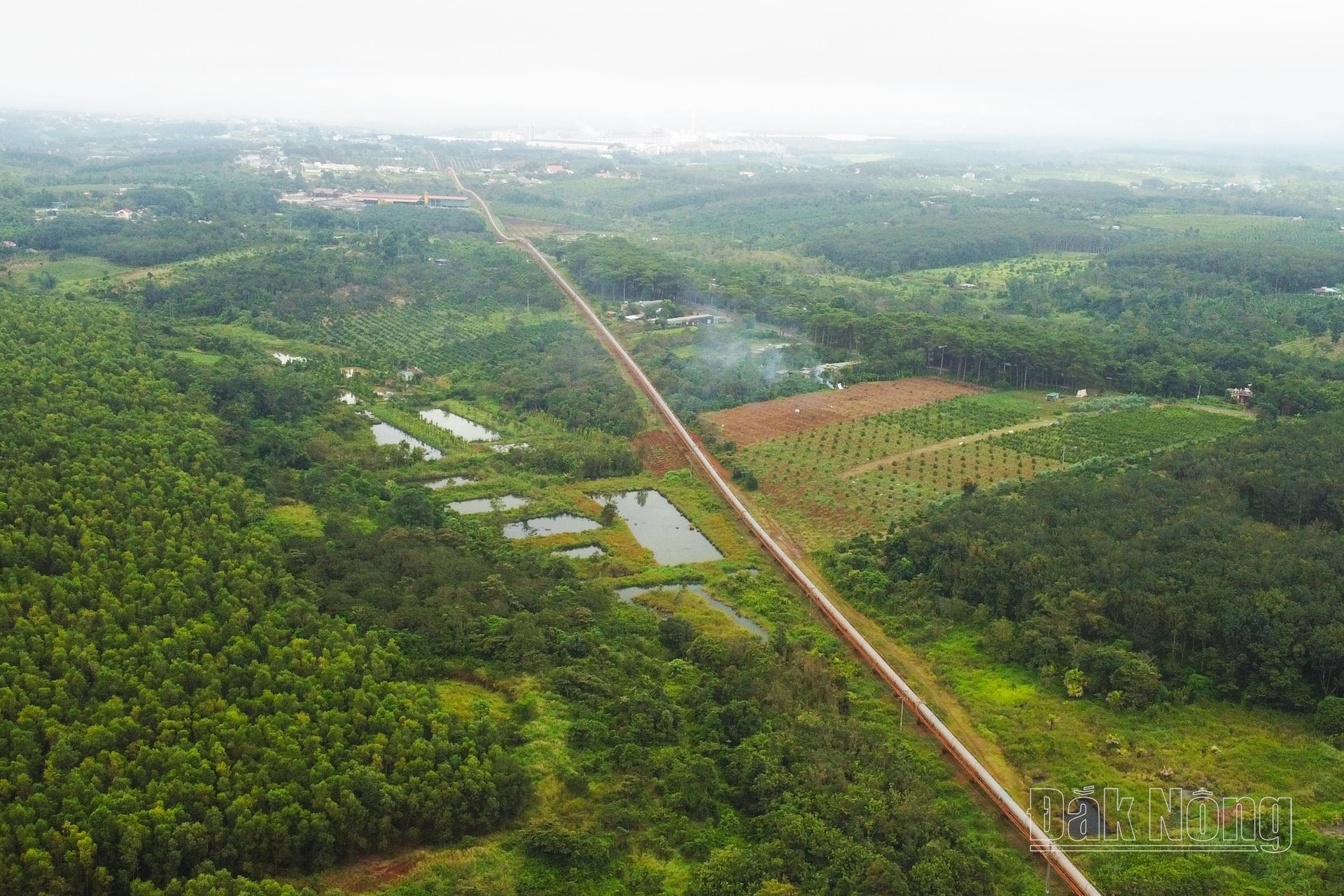
During its operation, the Nhan Co Alumina Plant has faced a number of environmental issues. Notably, in September 2017, treated wastewater from the reservoir leaked due to prolonged heavy rain, although it was promptly treated. At other times, dust emissions to the surrounding area due to peak production activities were also recorded and quickly resolved.
According to Dak Nong Aluminum Company - TKV, since then, the factory has not had any environmental incidents. Environmental protection work during the process of bauxite mining and alumina production at Nhan Co Alumina Factory is well controlled.

During the period 2017 - 2024, TKV has spent about 100 billion VND on environmental protection at Nhan Co Alumina Plant. The entire area of more than 204 hectares after bauxite mining for alumina production in Dak R'lap has been replanted with acacia trees according to the approved environmental improvement and restoration project.
At the end of 2023, the Ministry of Agriculture and Environment granted an environmental license to Nhan Co Alumina Plant. According to this license, the plant is responsible for operating waste treatment facilities in accordance with the process. The plant must ensure that the quality of emissions and wastewater meets standards before discharging into the environment; take measures to minimize noise, vibration and handle incidents if pollution exceeds the threshold.
The leader of the Dak Nong Department of Agriculture and Environment said that the production and operation of the Nhan Co Alumina Plant in the past time has ensured environmental regulations. The operation process over the past years has not had any environmental incidents, which has been highly appreciated by the people and local authorities.
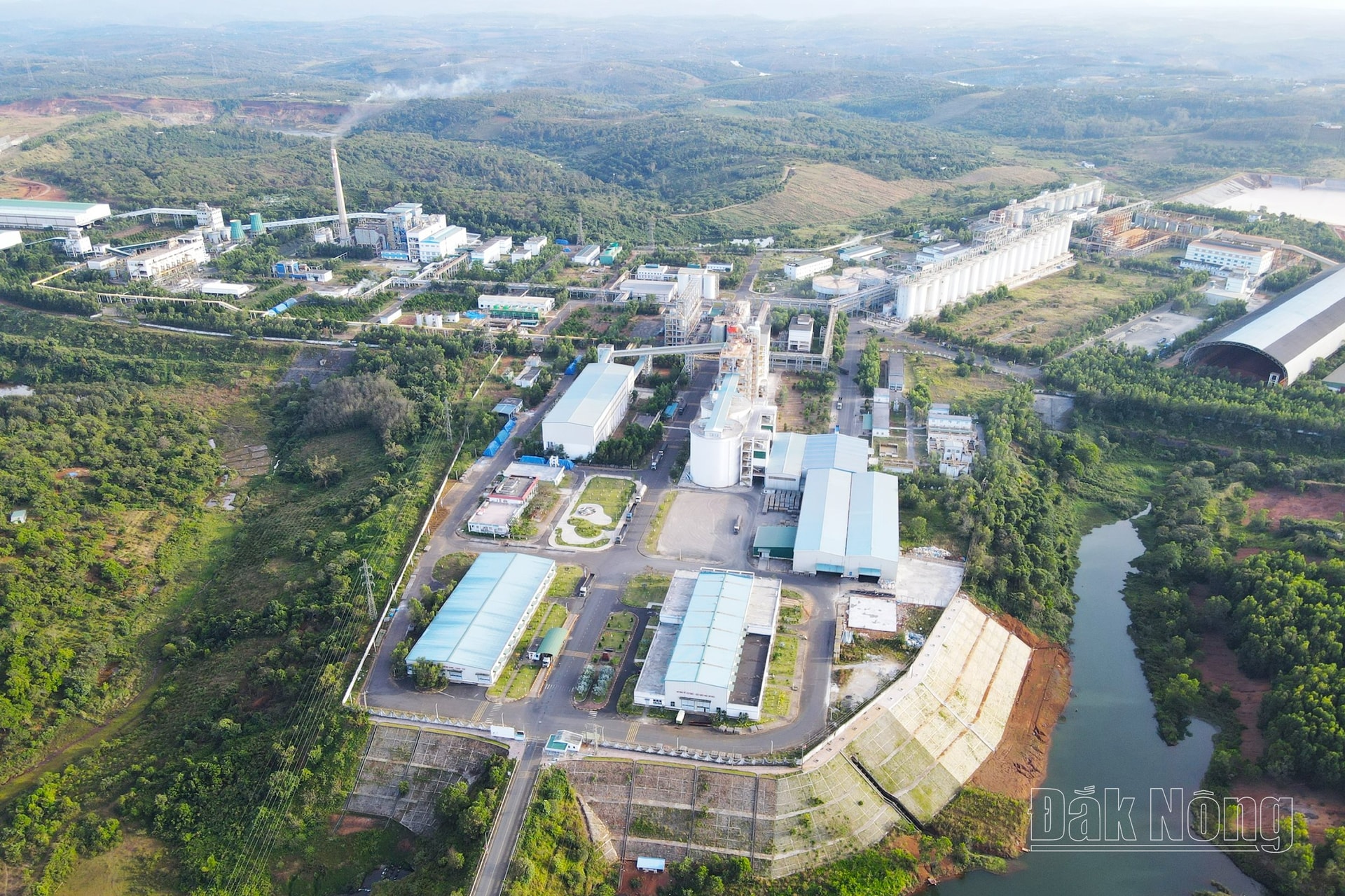
“The operation of Nhan Co Alumina Plant always complies with technical and technological procedures, ensuring safety for people and equipment. The quality of exhaust gas, wastewater, noise, dust, etc. are all below the committed threshold,” said the leader of Dak Nong Department of Agriculture and Environment.
To serve the operation of Nhan Co Alumina Plant, TKV is currently constructing 3 out of 6 compartments of the red mud reservoir project. The project of Dam for Retaining Post-Washing Mud No. 2 to serve the alumina production of the plant has been implemented and is in the acceleration phase. It is expected that by the end of 2025, Nhan Co Alumina Plant will have 3 red mud compartments and 2 sludge reservoirs. These projects contribute significantly to serving production and protecting the environment at Nhan Co Alumina Plant.
Proactively apply new technology
In recent times, Dak Nong Aluminum Company - TKV has implemented a series of measures, initiatives and projects to protect the environment. The experimental solutions have been proposed to ensure that the production environment is always safe according to legal regulations.
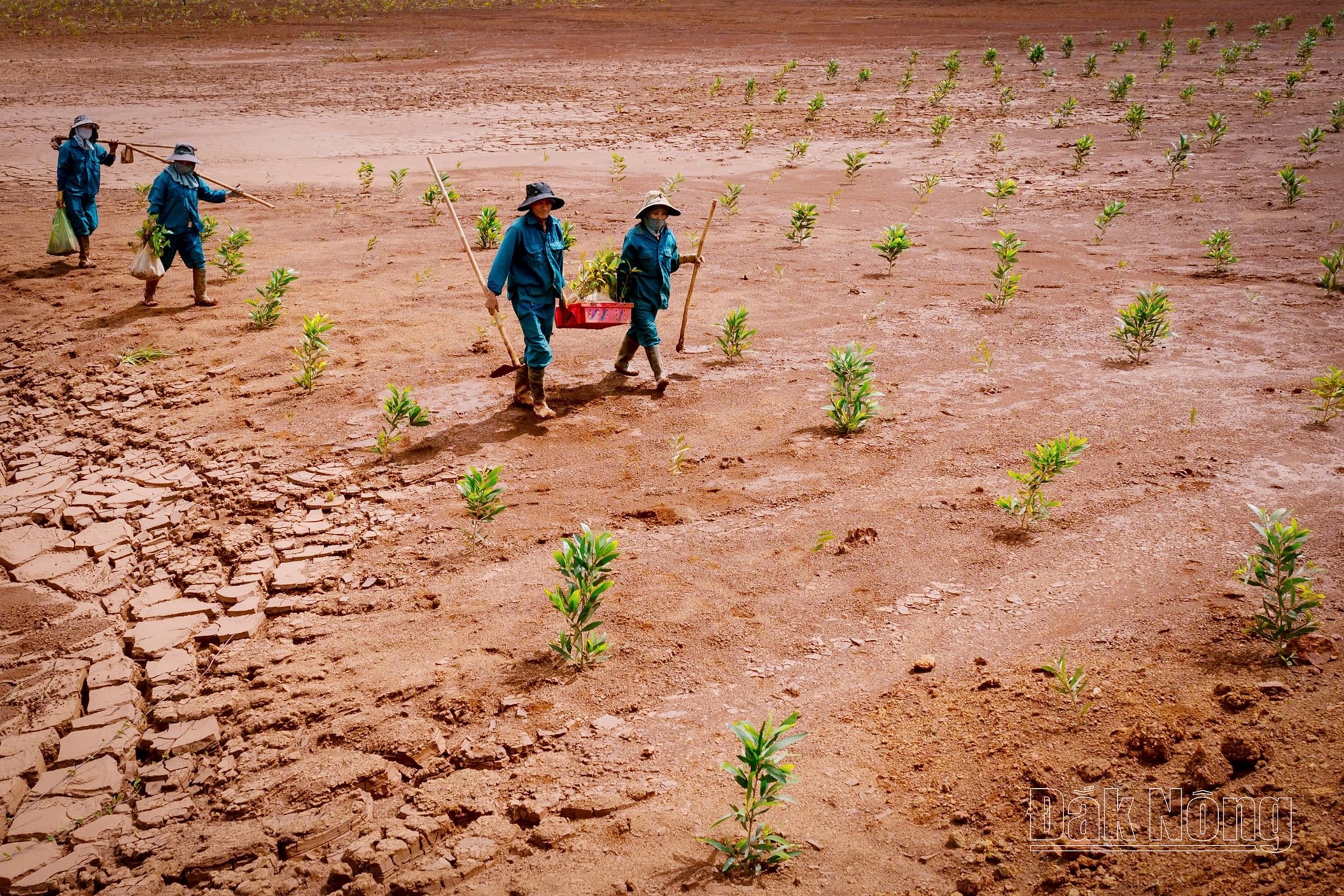
Recently, Dak Nong Aluminum Company - TKV has successfully tested planting acacia on the area of sludge discharged after washing. On a land area of about 6 hectares after bauxite mining, Dak Nong Aluminum Company has tested covering the surface with a layer of sludge after washing, then planting acacia on top.
Through monitoring by Dak Nong Aluminum Company - TKV, the entire planted acacia area is growing and developing well. This is an important premise for the plan to return the washed sludge back to the bauxite mine to create a flat surface, especially when TKV is planning to expand, upgrade and invest in additional bauxite - alumina - aluminum production complexes.
A very notable new point is that TKV is testing the technology of discharging dry red mud in the alumina production process. This is an advanced solution, bringing environmental, economic and technical benefits compared to the traditional wet discharge method, currently used at two alumina plants of TKV.
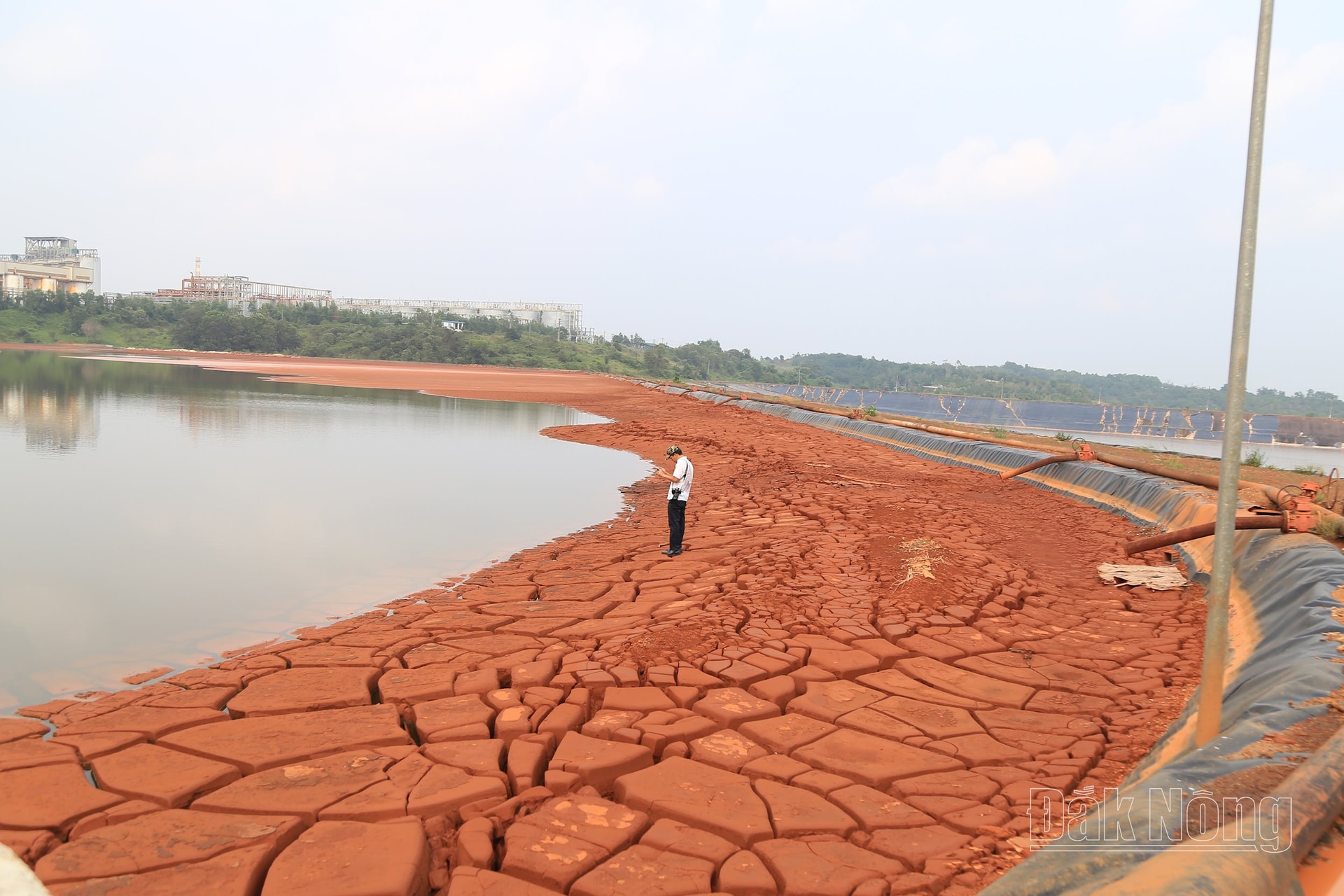
According to TKV representative, red mud is a liquid waste (with high pH) generated during the production of alumina from bauxite ore. During the production of alumina, the red mud is pumped into specialized reservoirs, lined with waterproof tarpaulins to prevent alkaline osmosis into groundwater.
Wet red mud disposal technology is expensive because it requires large areas to build storage tanks. Waste management in storage tanks also needs to be strictly managed to avoid sludge overflowing into the environment during heavy rains.
Meanwhile, the red mud dry disposal technology is carried out by concentrating the mud into a paste with a high solid content. The dry red mud waste will be transported to the landfill to be stacked in layers, allowing land savings and improving the stability of the landfill.
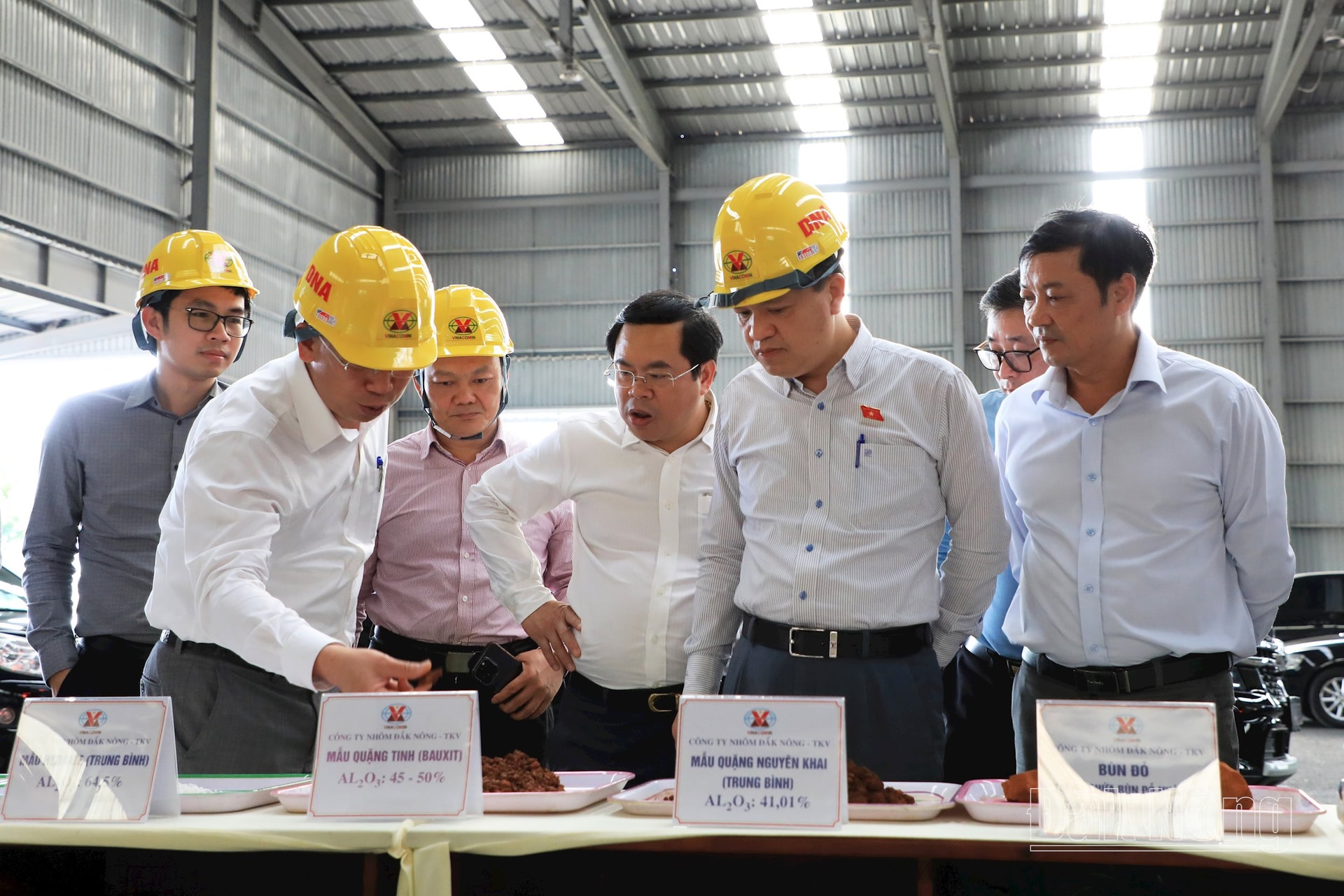
Since 2025, TKV has started testing dry waste technology at the Tan Rai alumina complex (Lam Dong). Initially, the application of this technology has brought many benefits in terms of saving land resources, environmental safety and reducing total investment costs.
TKV representative said: According to its orientation, TKV is planning to upgrade the two Tan Rai and Nhan Co Alumina complexes to a capacity of 2 million tons of alumina/year. TKV will invest in a new alumina project with a capacity of 2 million tons/year in Dak Nong before 2030. With many positive signals about the environment, we will expand and apply red mud dry disposal technology to all of our expansion projects and new investments.
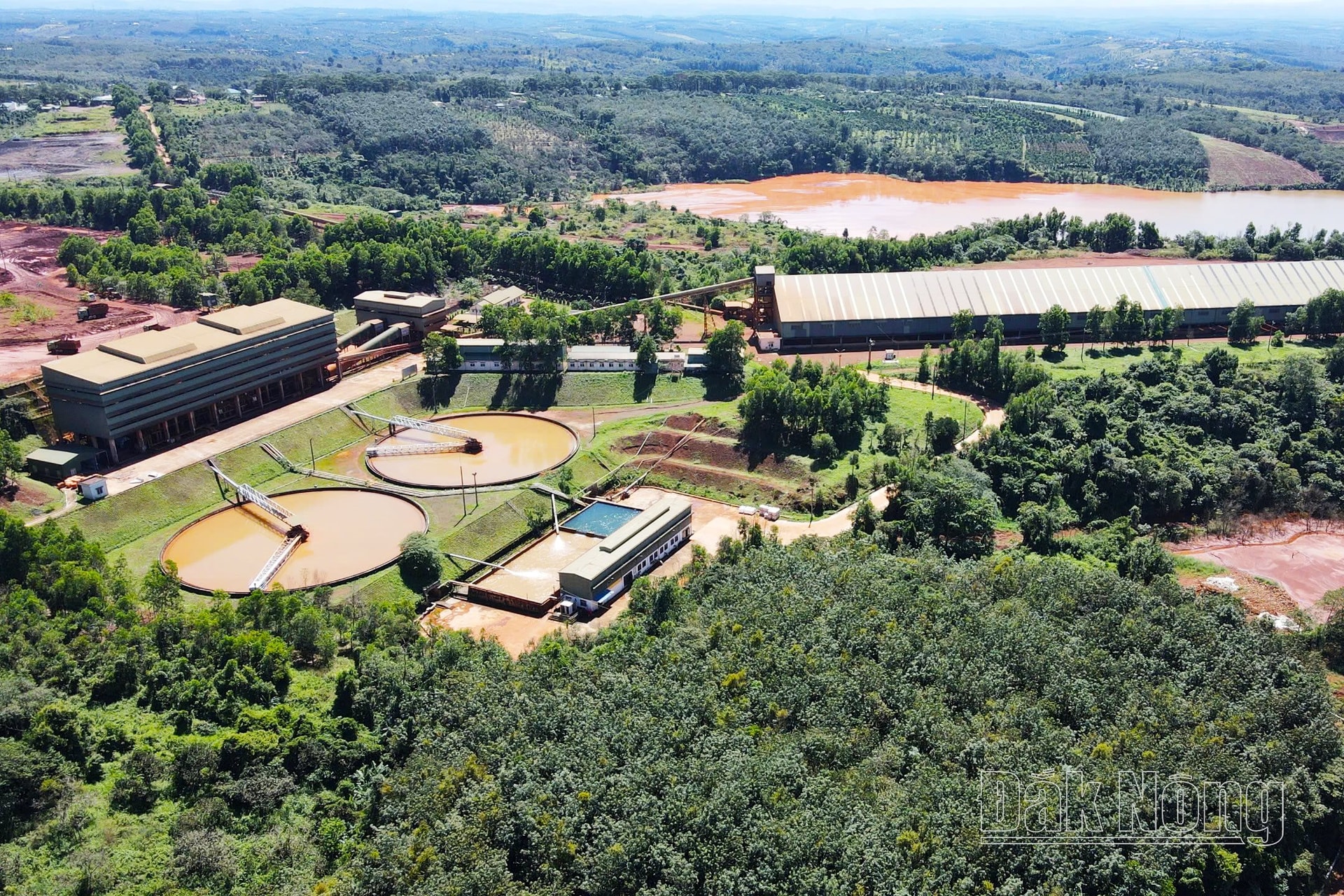
Source: https://baodaknong.vn/bo-xit-alumin-nhom-va-trach-nhiem-giu-cam-ket-xanh-250652.html


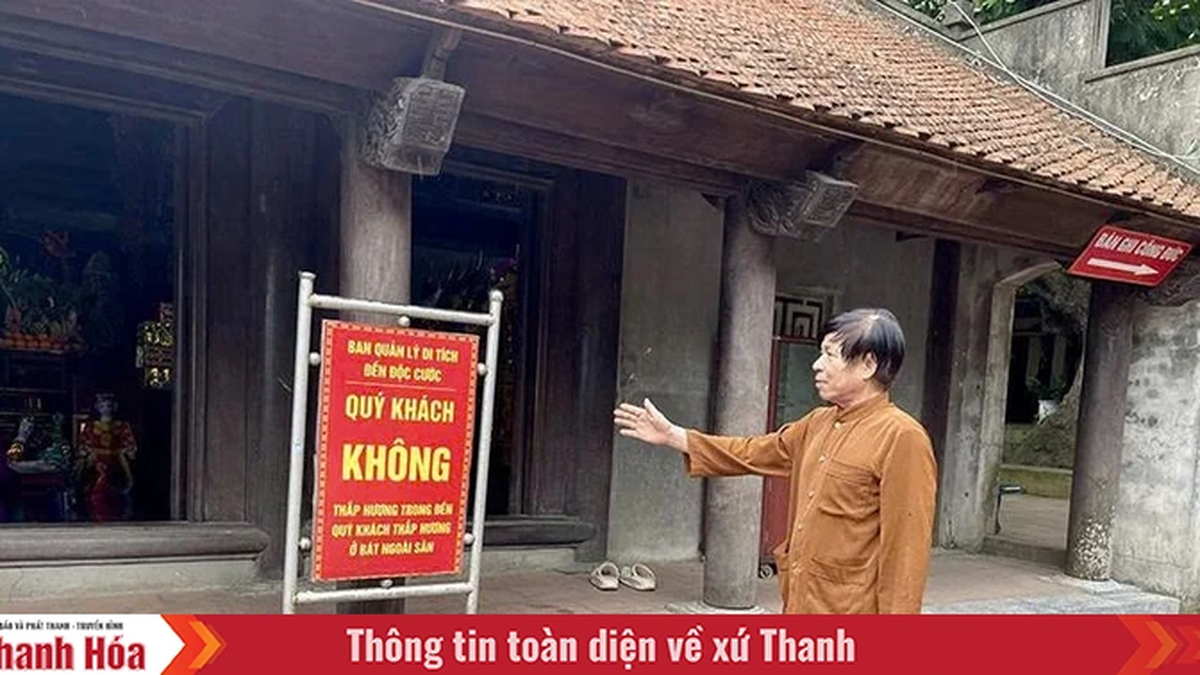
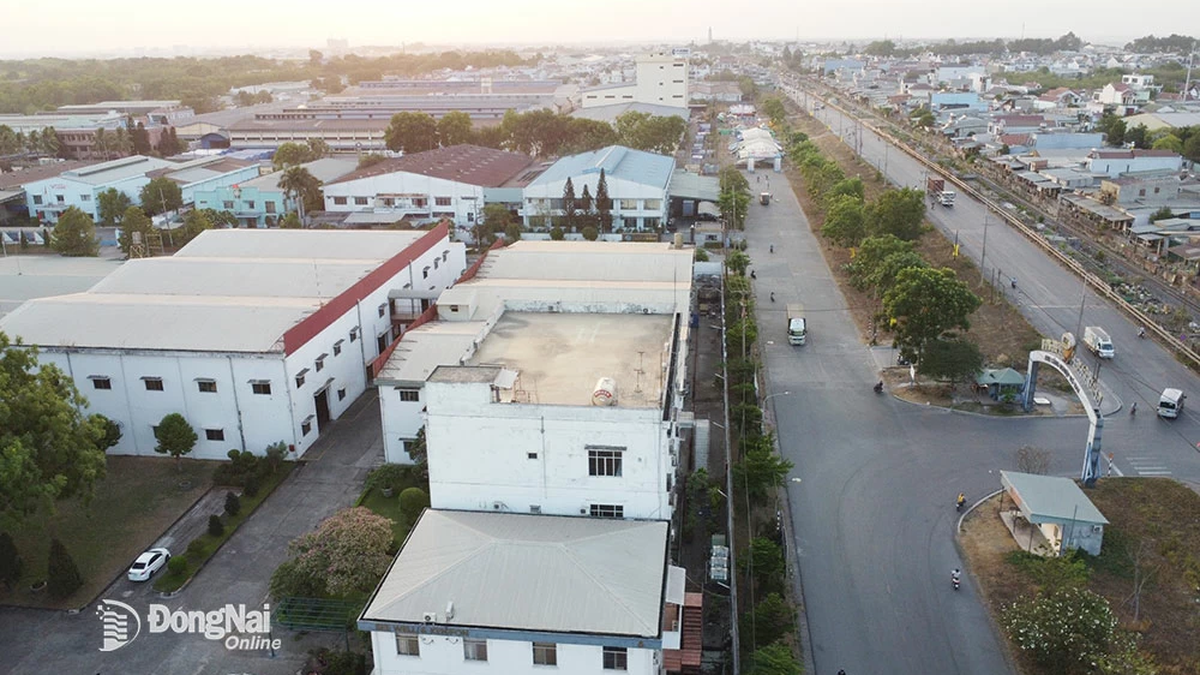



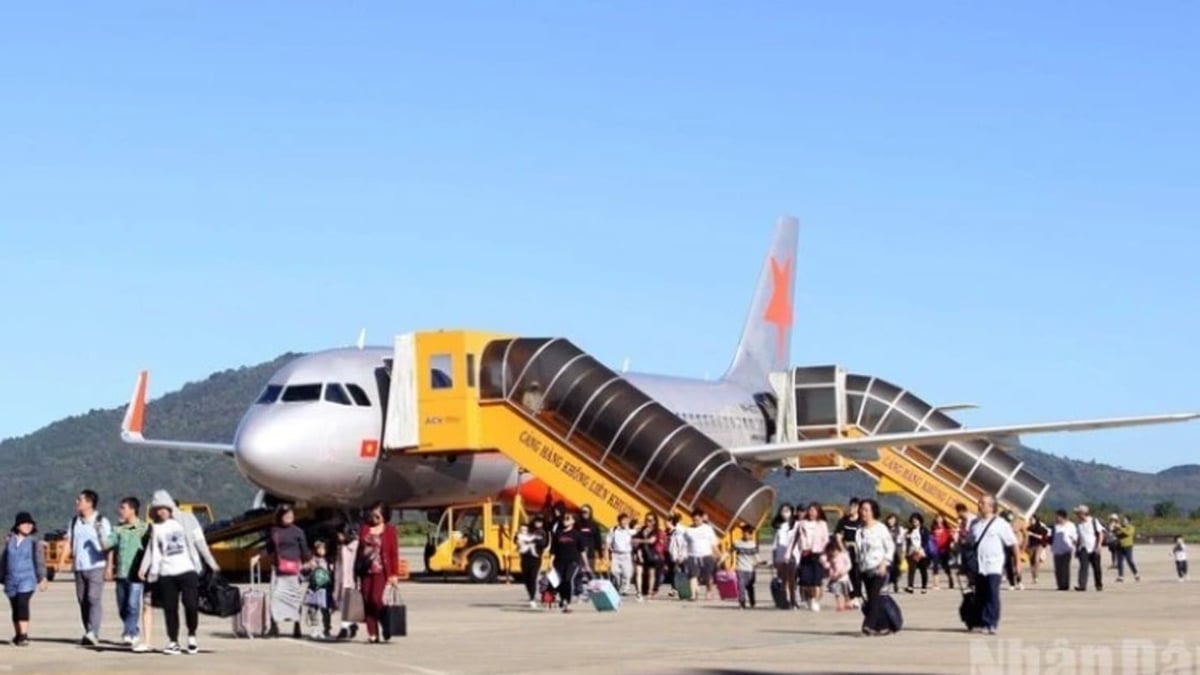

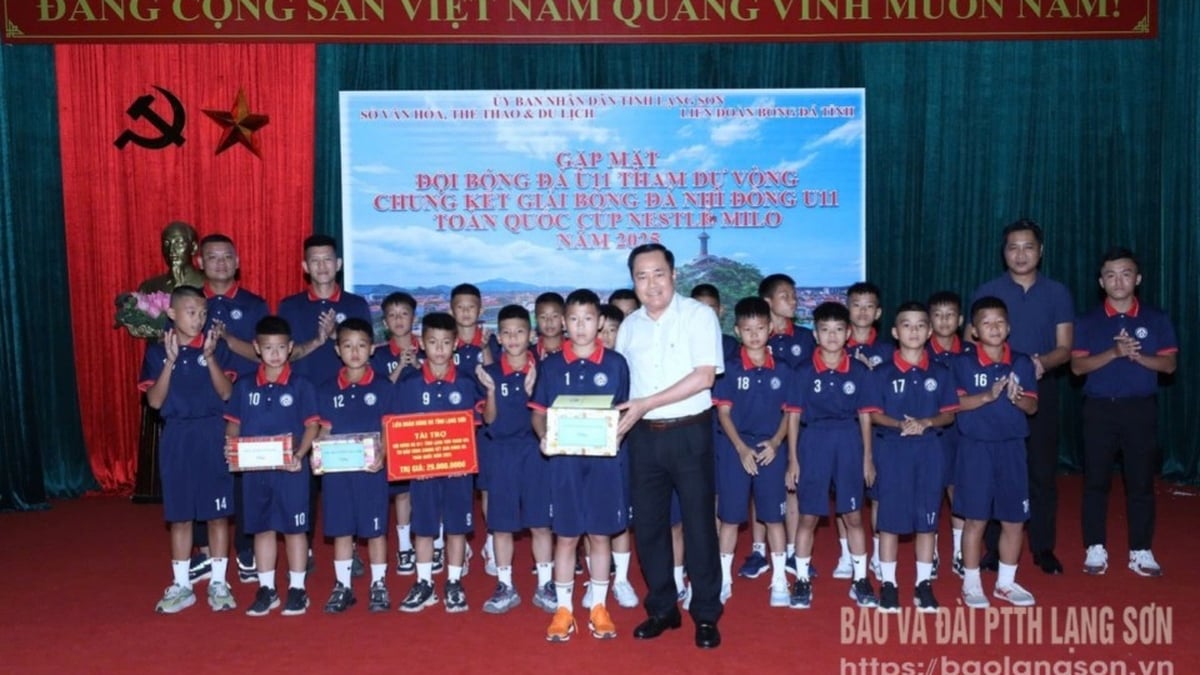
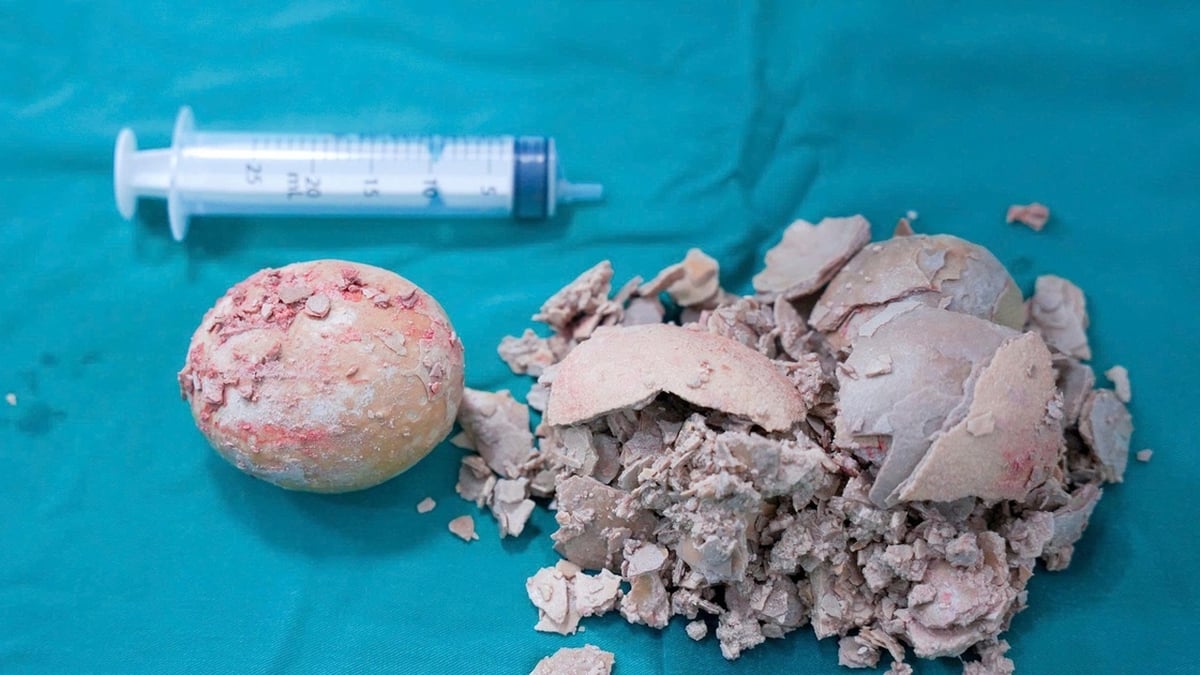
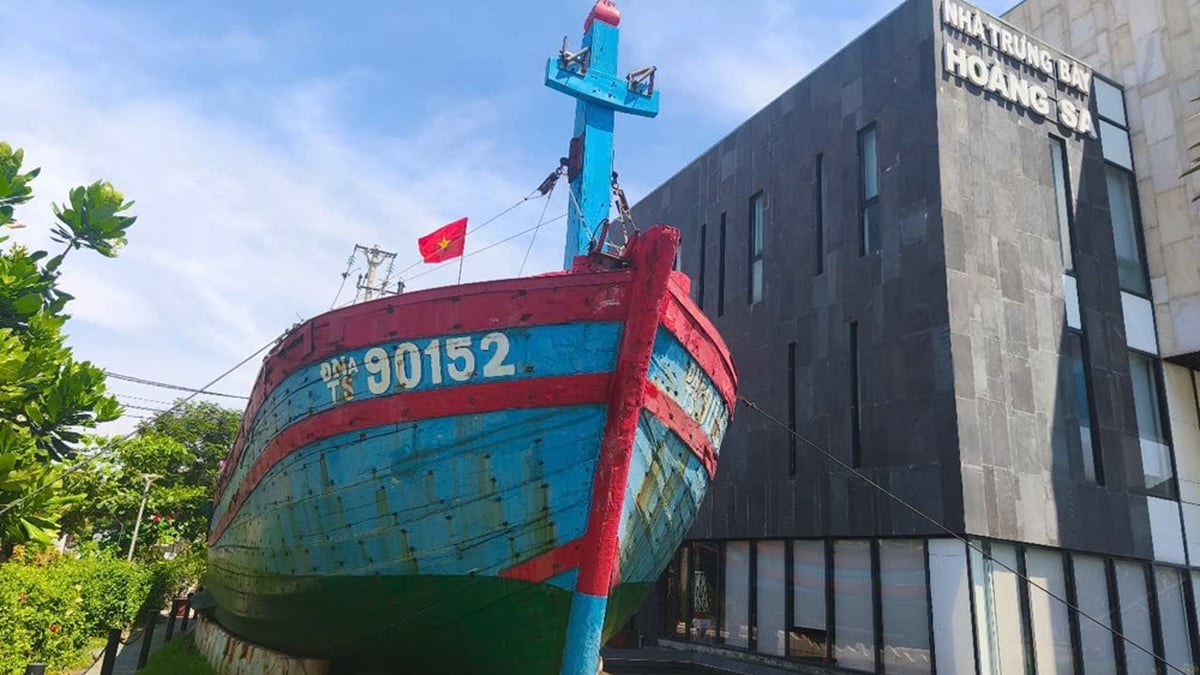








































![[Maritime News] More than 80% of global container shipping capacity is in the hands of MSC and major shipping alliances](https://vphoto.vietnam.vn/thumb/402x226/vietnam/resource/IMAGE/2025/7/16/6b4d586c984b4cbf8c5680352b9eaeb0)













































Comment (0)